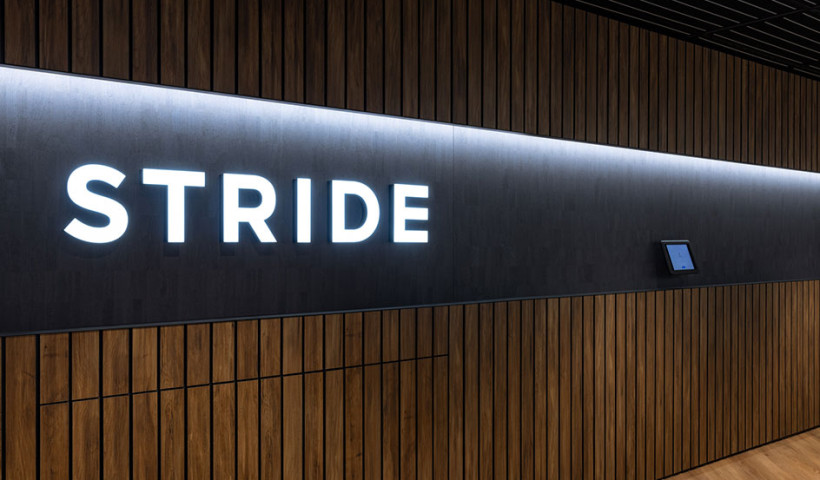
Sourced from sustainably managed forests, Laminex NZ’s new Timber Veneer collection has been carefully curated.
“We worked with a number of key designers and consulted with our Specifications team who deal with designers and architects to get their feedback,” says Faye O’Neill, resident veneer expert at Laminex New Zealand. “We also looked at global trend guides.”
Current local trends that stand out to Faye include a comeback for reconstituted veneers and a shift towards darker colours. Overseas, she notes that the Scandinavian look continues to be popular, but there’s also a move towards more rustic veneers with natural features. “There are extremes,” she explains. “At one end there are reconstituted perfectly uniform veneers, and at the other end a preference for rustic. It’s quite mixed.”
Laminex NZ has all these trends covered with ‘The Collection’, which comprises two ranges:
- Laminex Reconstituted Timber Veneer Panels: Pre-coloured reconstituted veneers for designers looking for a consistent colour and grain pattern.
- Laminex Natural Timber Veneer Panels: Raw, pressed timber veneer panels supplied un-finished to give designers more flexibility in colouring and finishing. The range is ideal for designers wanting the unique grain variation of natural timber.
“We picked a small range to focus on to hopefully have something for everybody,” says Faye. “That said, we’re not limited to just the brochure. There’s a whole world of veneers out there which we have access to. If it’s sliced as a veneer, we can get hold of it.”
For Faye, the beauty of veneer lies in the uniqueness of the finished product. “The natural quirks and differences are what make veneer so special,” she says. “You can even get variation within the same species.” The versatility of veneer gives designers plenty of options to add a timber twist to their designs — from kitchen cabinetry and shelving, through to wall lining and desking.
When specifying veneer, Faye advises architects and designers to consider the colour and grain pattern. The primary options are Quarter Cut Veneer which creates a consistent linear look, and Crown Cut Veneer which shows off the natural cathedrals and crowns of the timber. Location and application is also important. “Over time, natural veneers will change colour with lots of UV light, so you don’t want to put them directly in front of the window,” she explains.
For natural timber veneers, the timber species should also be taken into consideration. “Each species has its own little quirk,” explains Faye. Some timber species are more suited to dark staining or a clear finish, while others may have unique visual features.
The best advice Faye can give is to speak to the Laminex Specification team, who are dedicated to working with architects and designers to find the right veneer solution for each unique project.











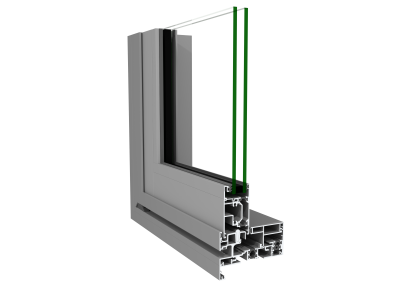
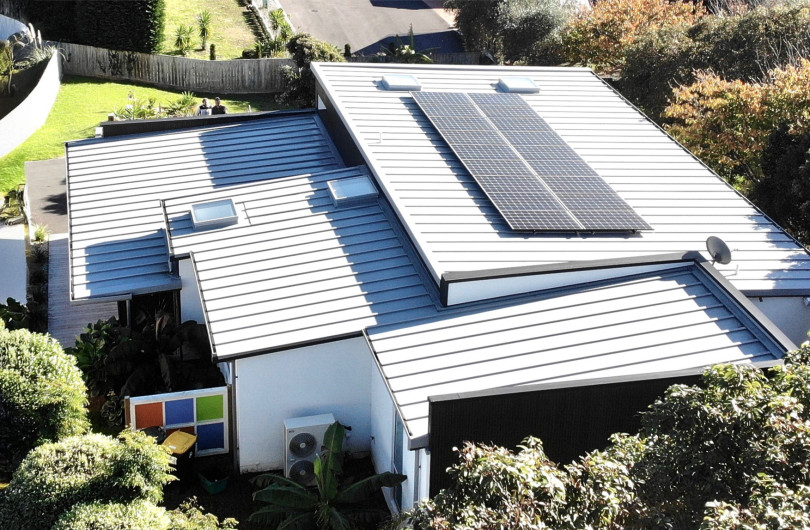
 New Products
New Products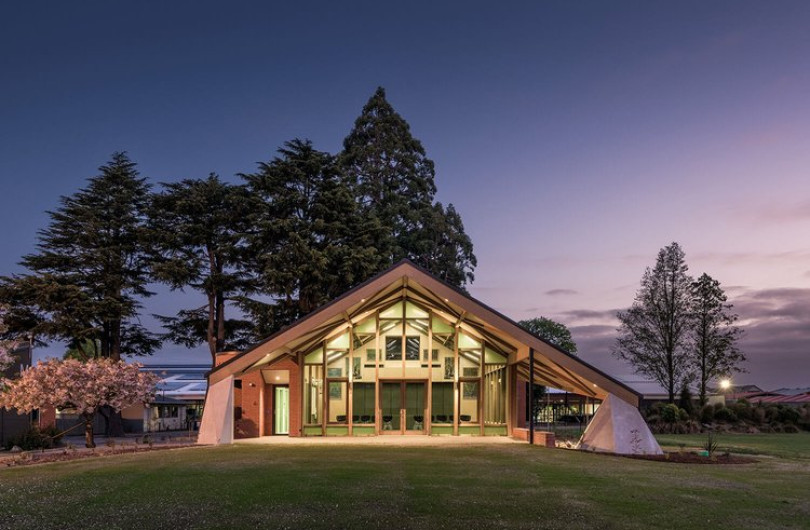
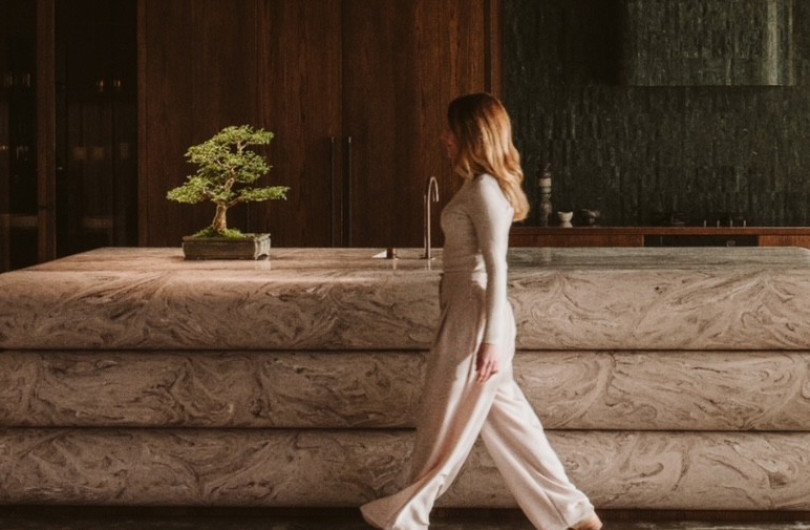



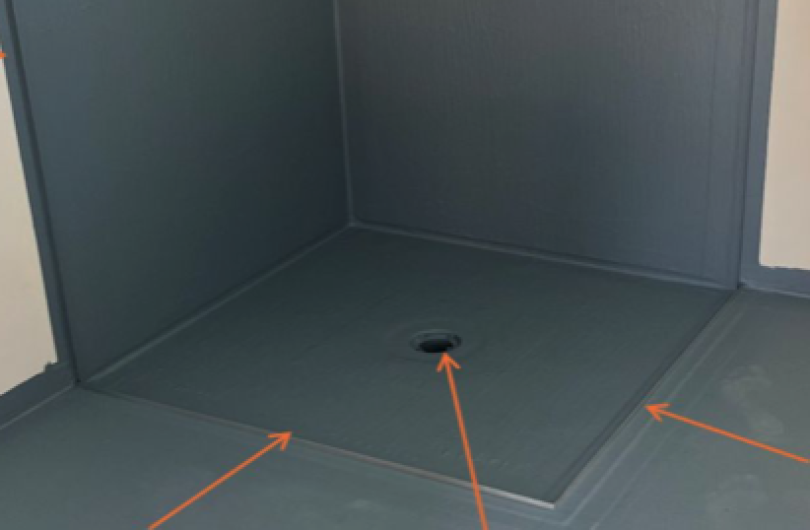




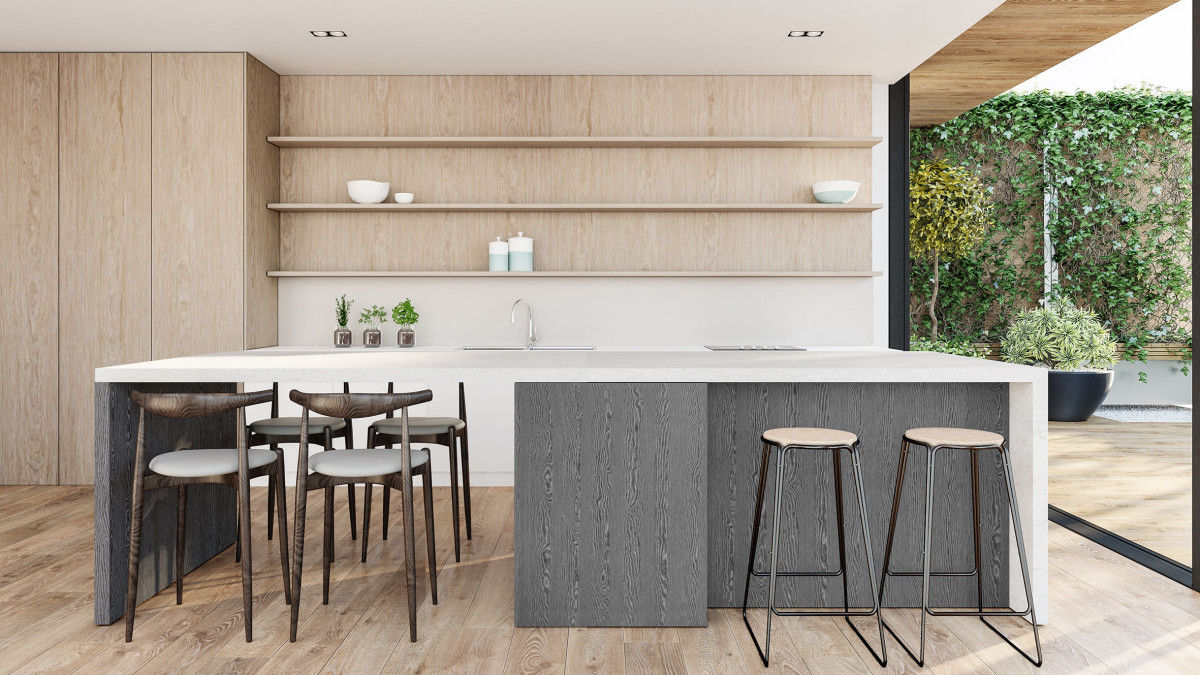

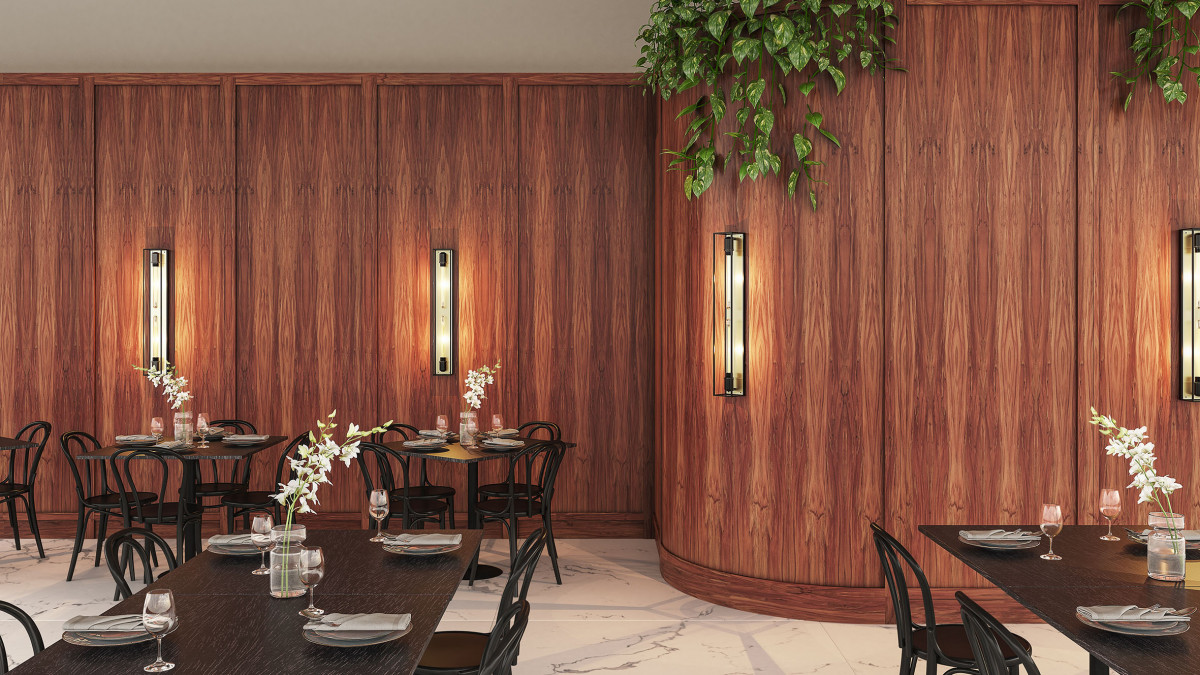
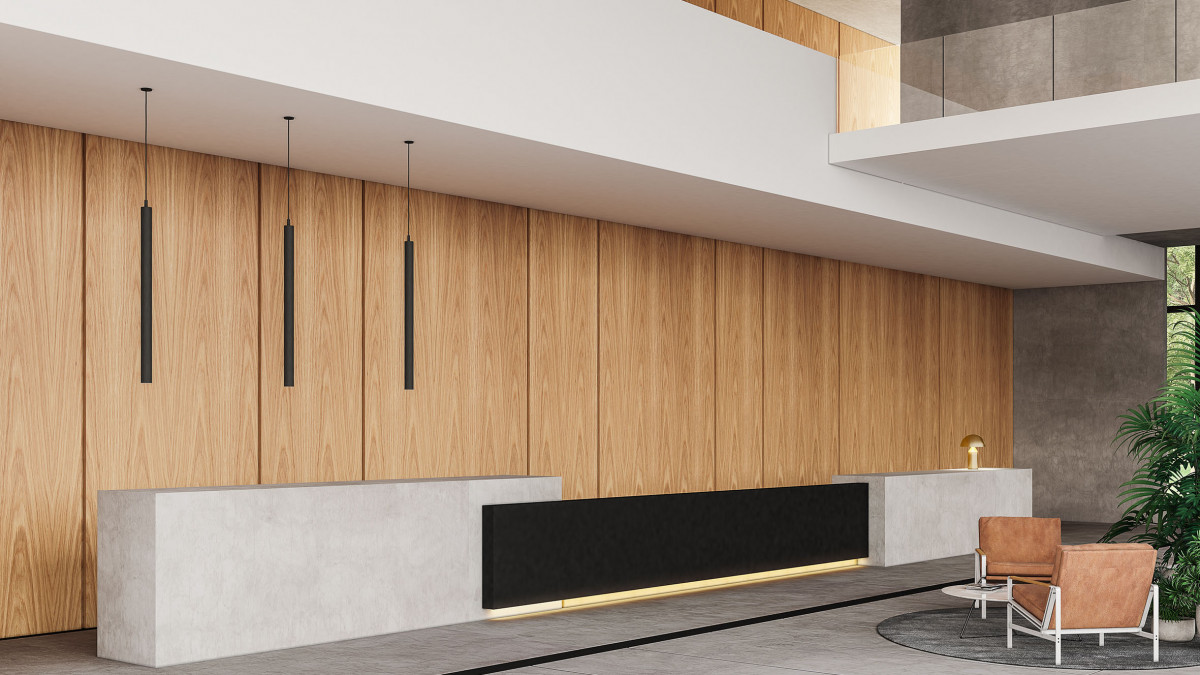



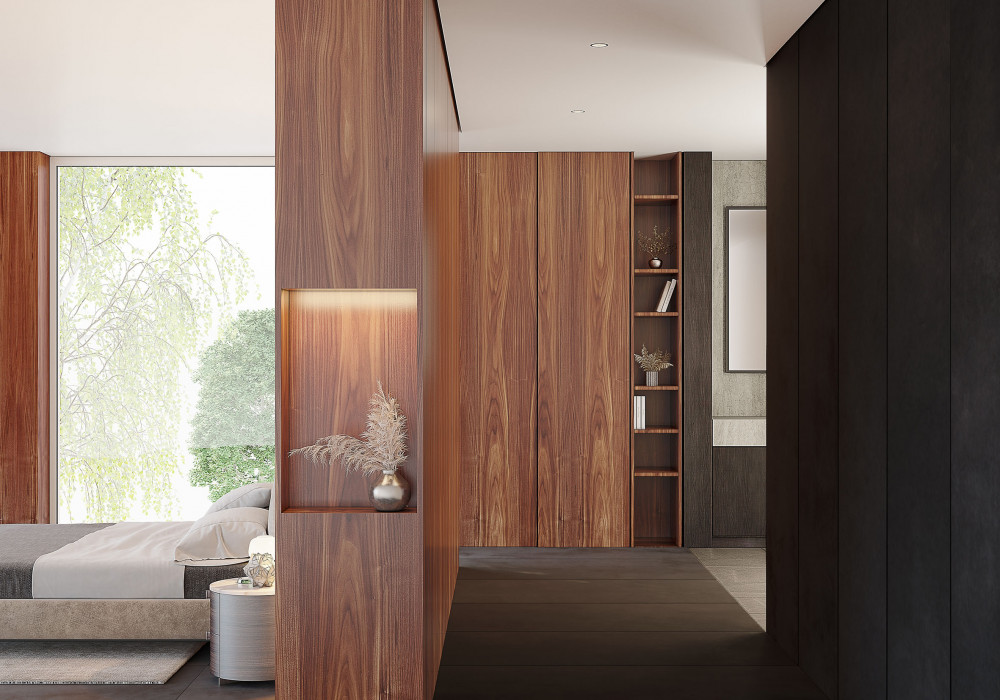

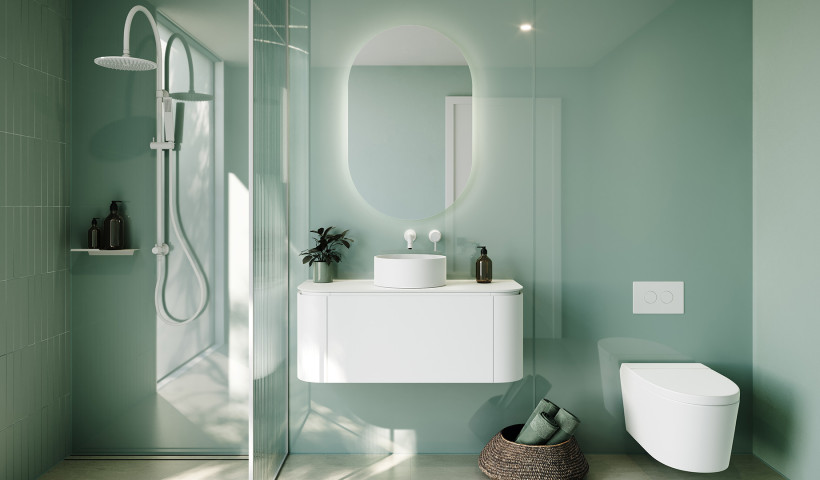
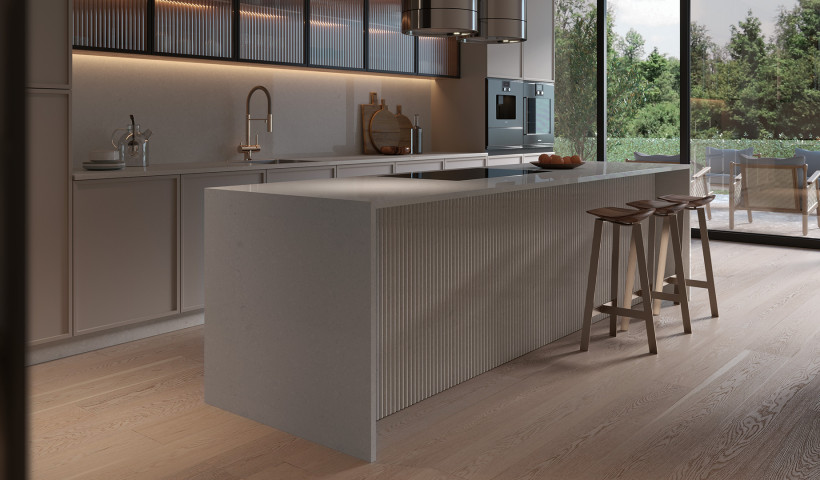
 Popular Products from Laminex New Zealand
Popular Products from Laminex New Zealand

 Most Popular
Most Popular


 Popular Blog Posts
Popular Blog Posts
